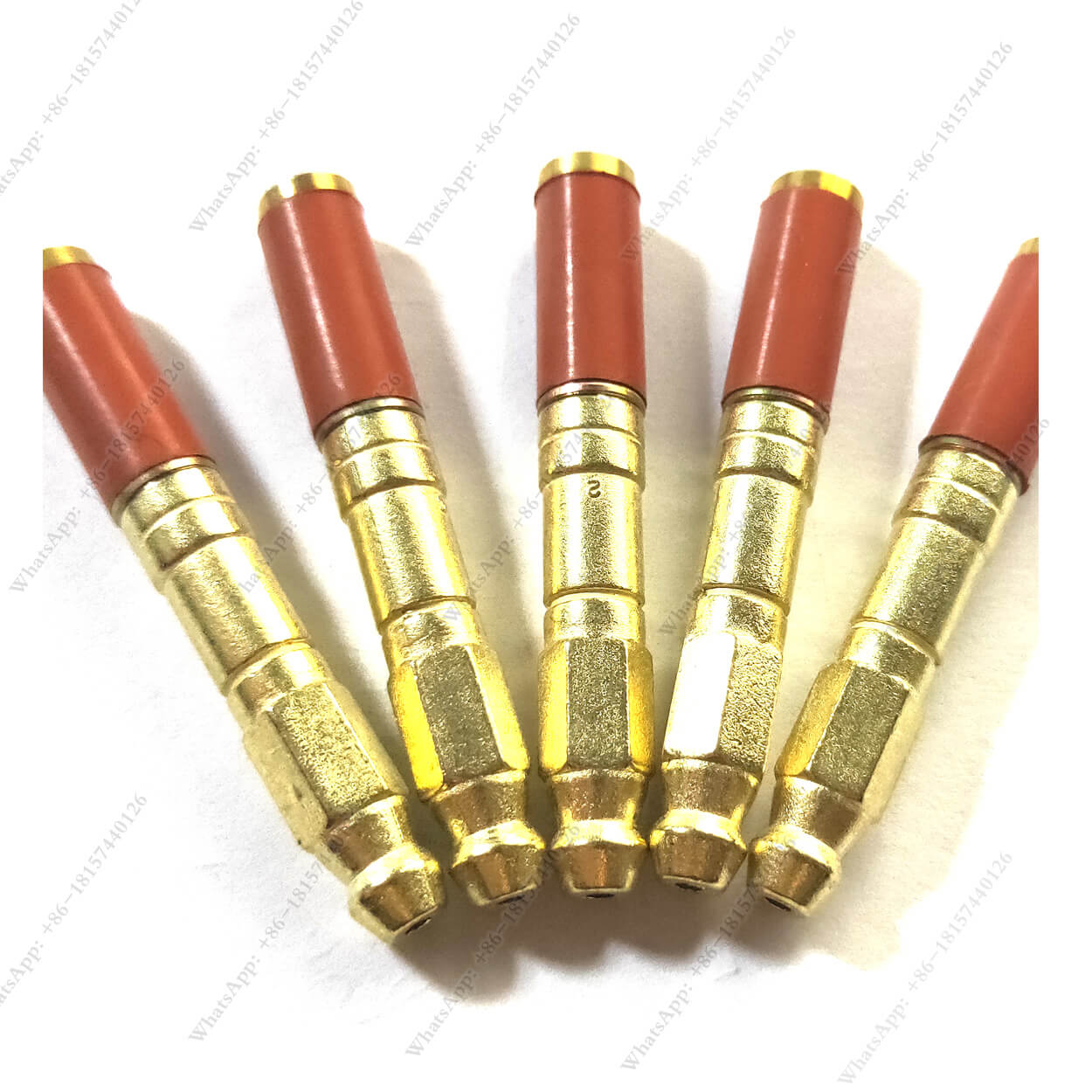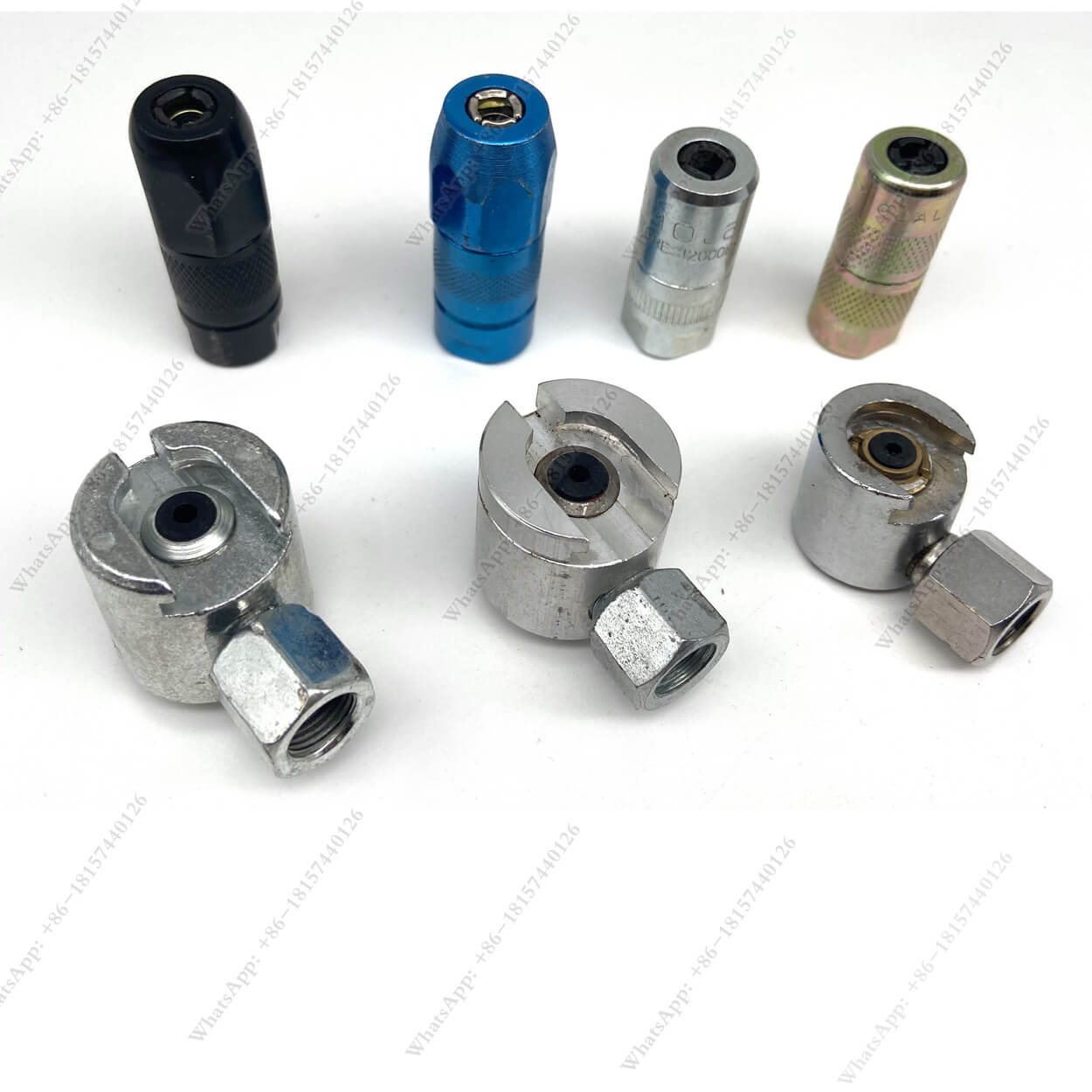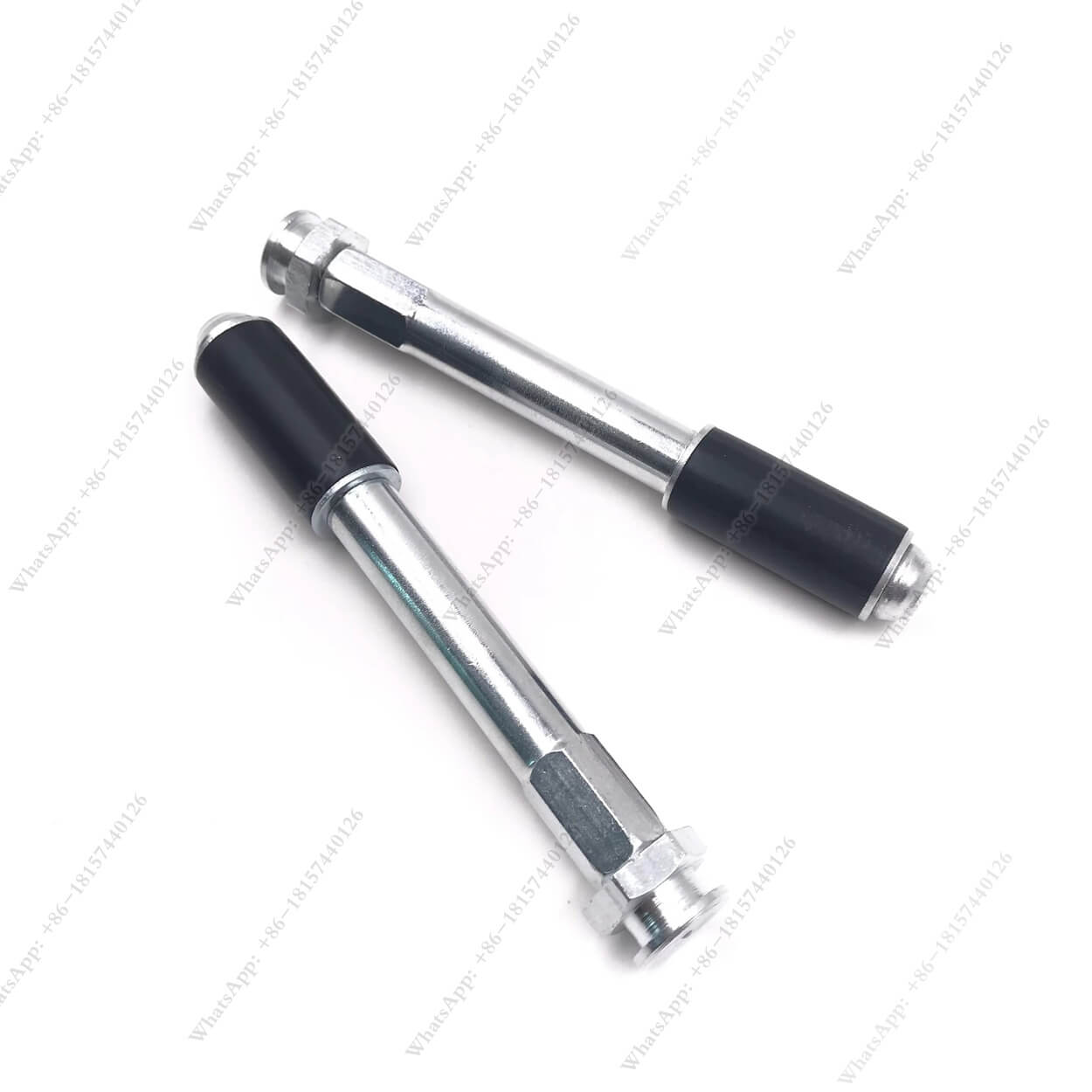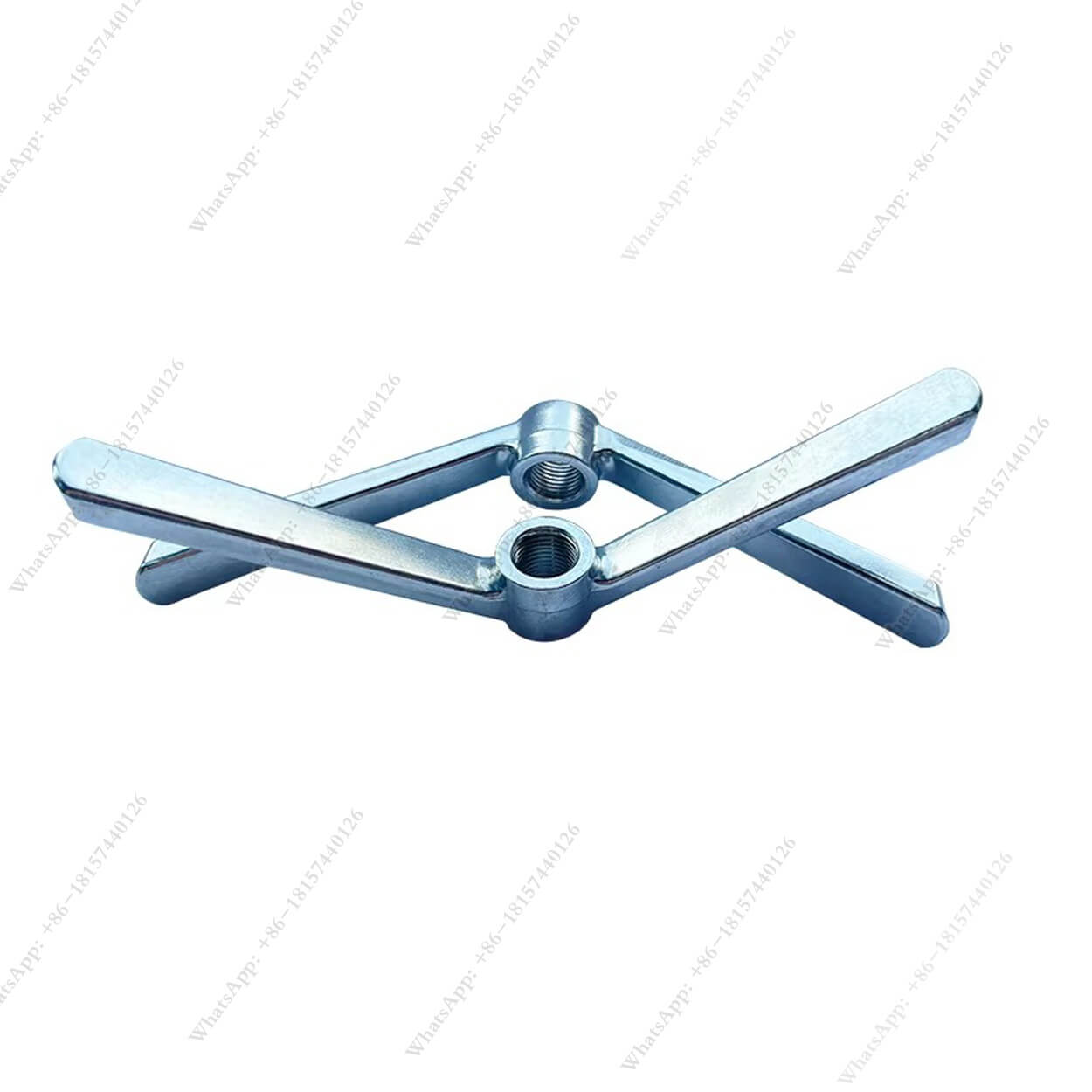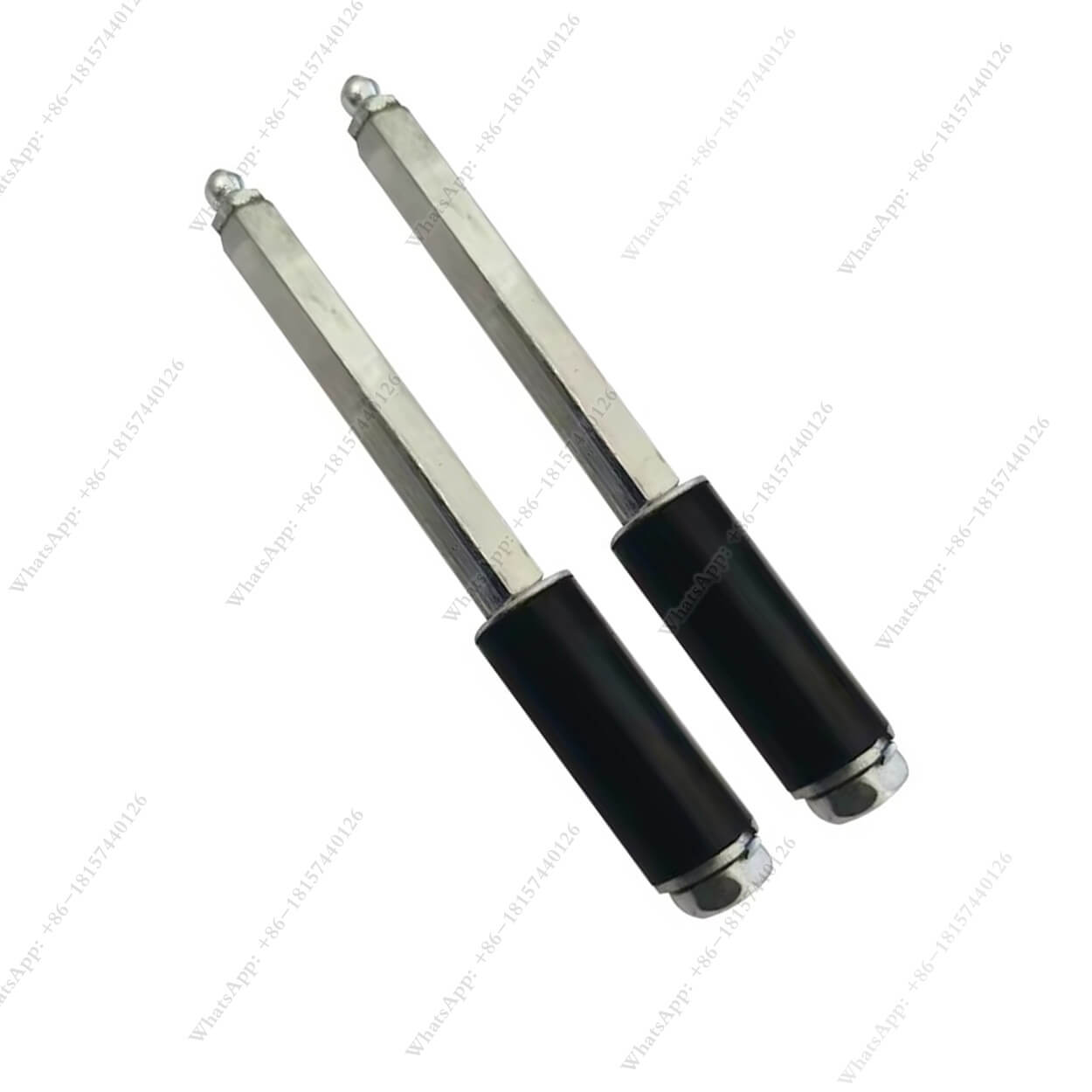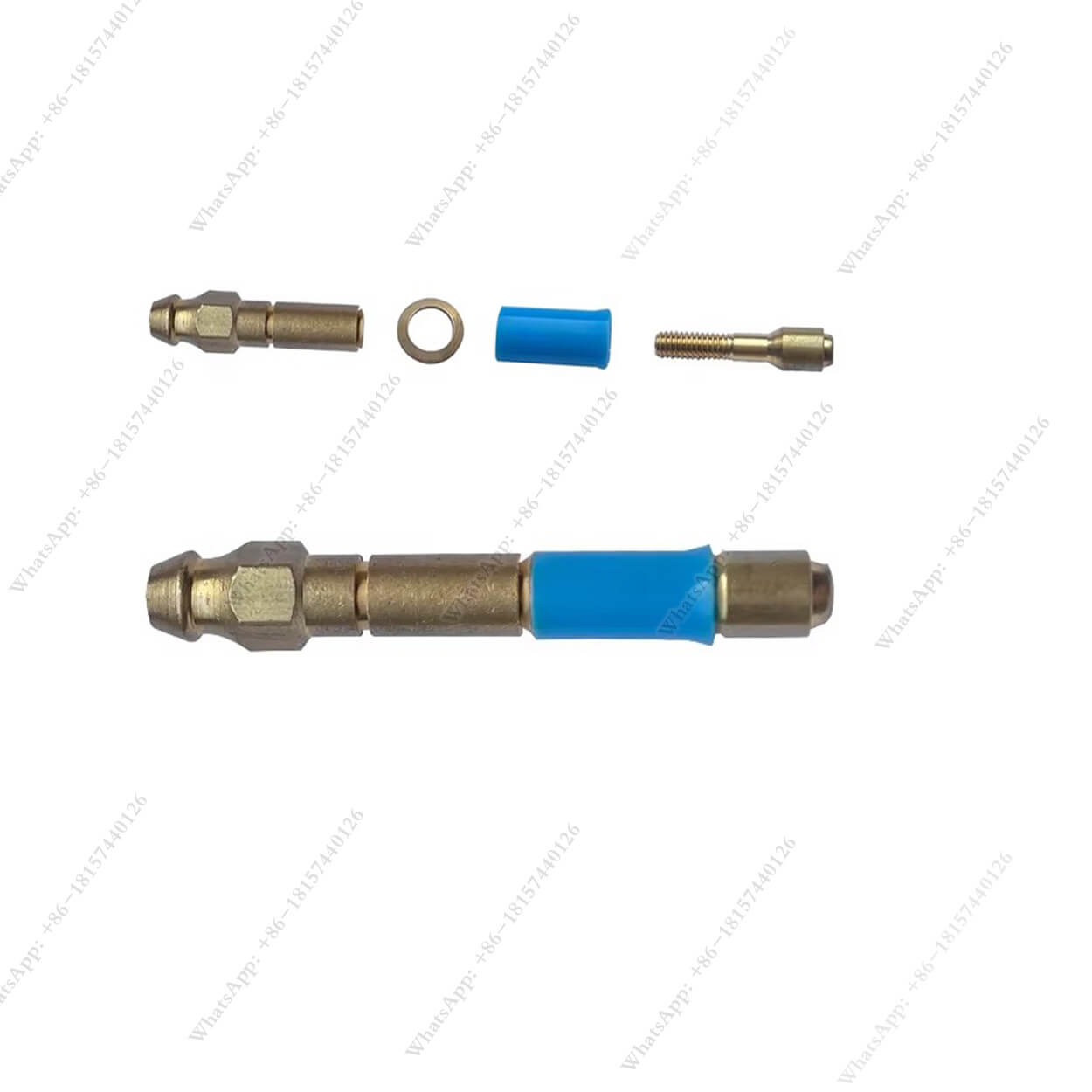Concrete Crack Injection: An Essential Guide to Durable Crack Repair
Table of Contents
Summary
Concrete crack injection is a powerful method used to restore the integrity of damaged concrete, especially in structural applications like foundations, basement walls, and slabs. This guide delves into what concrete crack injection is, the materials and methods involved, and how it can save both money and structural stability in the long term. Whether you’re a contractor, homeowner, or DIY enthusiast, understanding crack injection is essential for effective concrete repair.
What is Concrete Crack Injection?
Concrete crack injection is a technique for repairing cracks in concrete structures by injecting a specialized material into the crack. The injected material fills the crack, bonding the concrete back together and restoring its strength. Common materials used in crack injection include epoxy resins and polyurethane resins, each suited to different types of cracks and repair needs.
While epoxy is often chosen for structural repairs where strength is needed, polyurethane is used for waterproofing and sealing non-structural cracks. This process is widely used for repairing basement walls, foundations, and slabs where cracks could allow water intrusion or lead to structural deterioration.
Why is Crack Injection Important?
Cracks in concrete may seem harmless, but they can lead to serious issues if left untreated:
- Water Leaks: Even small cracks can allow water to seep in, which can lead to mold, structural damage, and increased humidity.
- Reduced Structural Integrity: Cracks can weaken concrete’s load-bearing capacity, especially in foundationsand load-bearing walls.
- Increased Repair Costs: Untreated cracks worsen over time, leading to higher repair costs or, in extreme cases, the need for replacement.
Using concrete crack injection ensures that these cracks are sealed, extending the structure’s life and protecting against further issues.
Types of Concrete Cracks and Causes
Understanding the types of cracks is essential to choosing the right crack injection approach.
- Shrinkage Cracks: These are surface cracks that occur as concrete dries and shrinks. They are typically non-structural but may require sealing to prevent water intrusion.
- Settlement Cracks: Caused by the settling of soil beneath the structure, these can be structural and may require epoxy injectionto restore stability.
- Thermal Cracks: Concrete expands and contracts with temperature changes, leading to cracks that often benefit from polyurethane injectionfor flexibility.
Identifying the type of crack helps determine the best repair method and materials, whether it’s epoxy for strength or polyurethane for flexibility.
Epoxy vs. Polyurethane Injection: Which is Better?
When it comes to concrete crack injection, two popular materials are epoxy and polyurethane. Each has its advantages and specific applications:
- Epoxy Injection: Known for its strong bonding capabilities, epoxy is ideal for structural crack repair. It hardens into a solid, restoring the concrete’s strength and load-bearing ability.
- Polyurethane Injection: Polyurethane expands when in contact with moisture, making it perfect for waterproofing cracks. It’s more flexible than epoxy, which allows it to adapt to minor movements in the concrete.
Material | Best For | Key Characteristics |
Epoxy | Structural Cracks | High strength, solid when cured |
Polyurethane | Non-Structural Cracks | Expands to fill voids, excellent for leaks |
How Does Concrete Crack Injection Work?
The crack injection process involves a few key steps:
- Cleaning the Crack: Any dirt or debris is removed to ensure the injected material bonds well with the concrete.
- Setting Injection Ports: Ports are placed along the crack to allow for even distribution of the injection material.
- Sealing the Crack Surface: A surface seal is applied around the crack and ports to prevent leaks.
- Injecting the Material: Epoxy or polyurethane is injected into the ports, filling the crack completely.
This process not only seals the crack but also restores the structure’s integrity, particularly when using epoxy for structural repairs.
Low-Pressure vs. High-Pressure Injection: Pros and Cons
Low-pressure injection and high-pressure injection each have their place in concrete repair. Here’s a quick comparison:
- Low-Pressure Injection: Ideal for small cracks and residential repairs. It’s easier to control and is commonly used in DIY crack repair kits.
- High-Pressure Injection: Used for large or deep cracks, high-pressure injection is more commonly handled by professionals. It allows the material to penetrate further, ensuring a more comprehensive repair.
Choosing the Right Method: Low-pressure injection is suitable for minor cracks, while high-pressure is often necessary for large structural repairs.
Materials Used in Crack Injection
Crack injection relies on various materials to ensure effective repair and durability.
- Epoxy Resin: A high-strength material that bonds well with concrete, making it perfect for structural cracks.
- Polyurethane Resin: Expands with water, providing a flexible and waterproof seal.
- Injection Kits: Many homeowners and contractors use pre-packaged crack repair kits that include everything needed for the injection process, such as resin, ports, and sealant.
Step-by-Step Guide to Crack Injection Repair
Follow these steps for a successful crack injection repair:
- Clean and Prep the Crack: Remove debris and apply injection ports along the crack.
- Seal the Crack Surface: Use a surface sealant to contain the injection material.
- Inject the Resin: Start at the lowest port and inject until the material exits from the port above.
- Allow to Cure: Let the material harden, creating a strong bond.
Following these steps ensures a durable and effective crack repair that restores concrete integrity.
In areas prone to flooding, chemical grouting is used to reinforce dikes, levees, and embankments. By stabilizing soil and creating waterproof barriers, chemical grout helps prevent erosion and water infiltration during heavy rains
Conclusion
- Concrete Crack Injection is a durable, cost-effective way to restore structural integrity.
- Different cracks require specific materials: epoxy for structural strengthand polyurethane for waterproofing.
- Proper preparation and technique are crucial for a successful repair.
By understanding the different aspects of concrete crack injection, you can make informed choices that lead to a longer-lasting, stable structure.
Comments
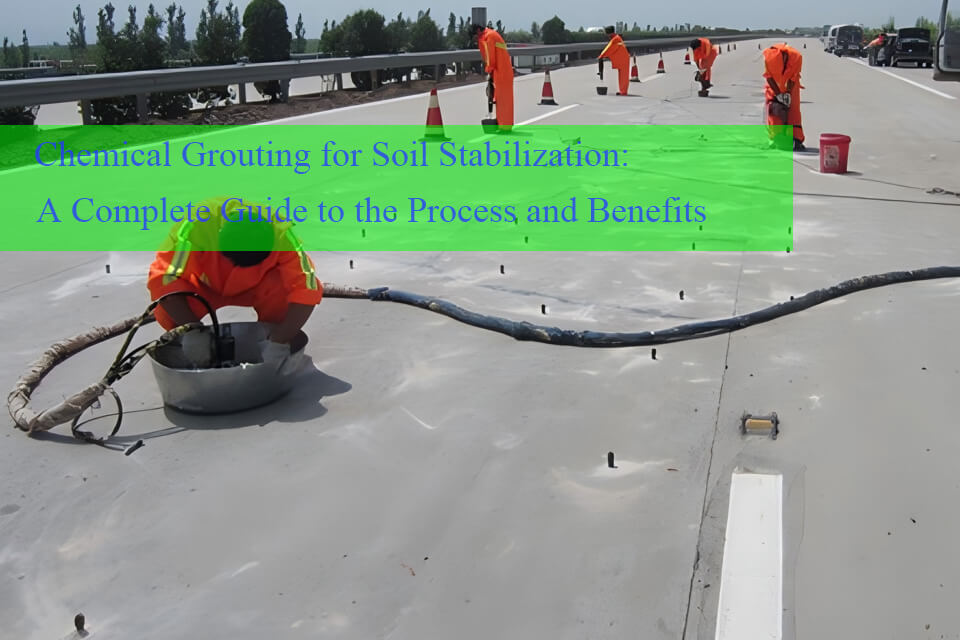
Chemical Grouting for Soil Stabilization: A Complete Guide to the Process and Benefits
Chemical grouting is an effective method for soil stabilization and strengthening structures in construction and civil engineering.
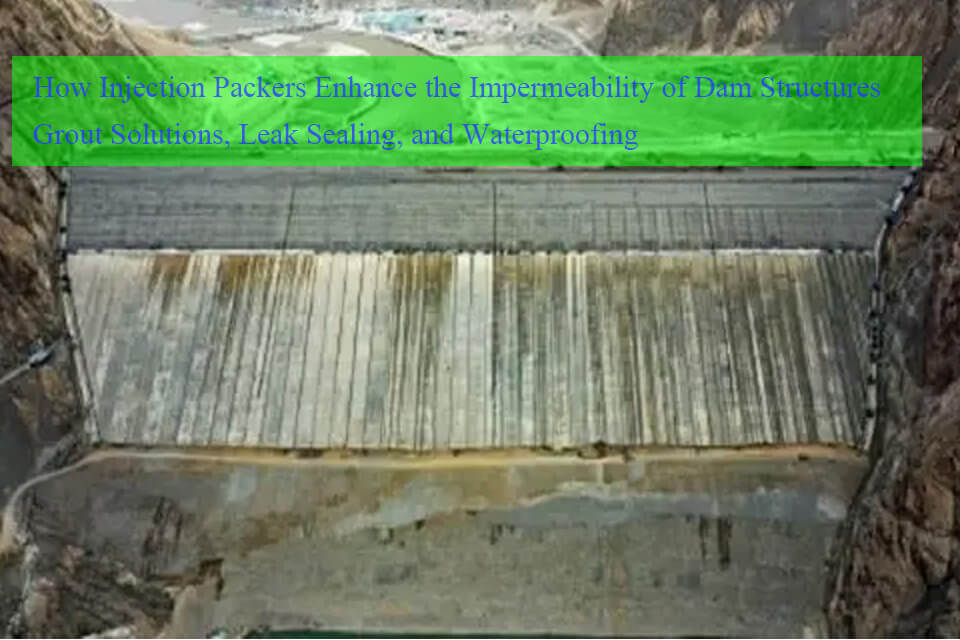
How Injection Packers Enhance the Dam Structures Impermeability
Keeping a dam waterproof is essential for maintaining its structural integrity and preventing water erosion.
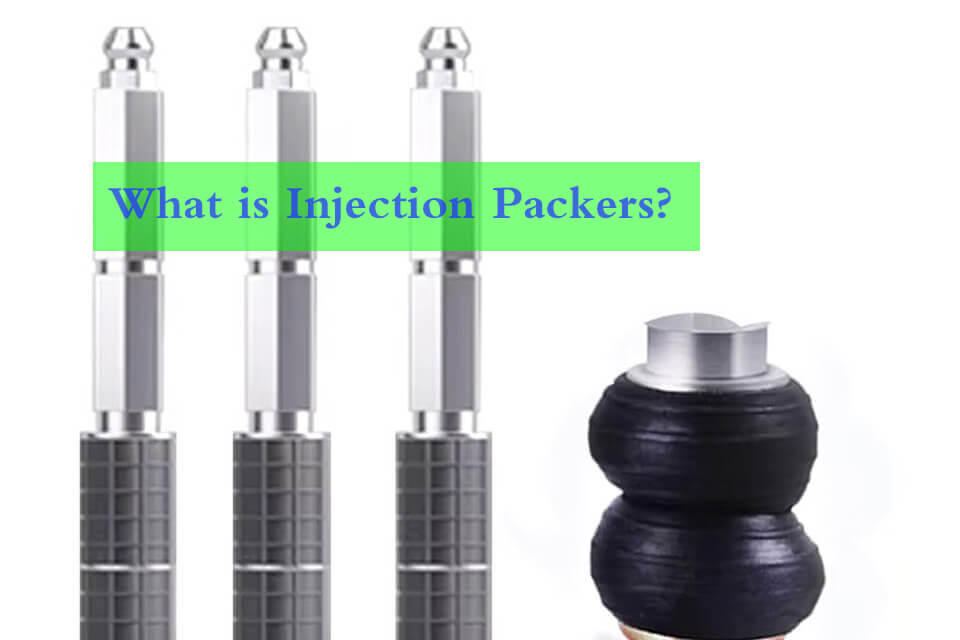
What Is Injection Packer
Injection packers are vital tools in both construction and maintenance sectors, designed to address critical issues related to sealing and waterproofing.
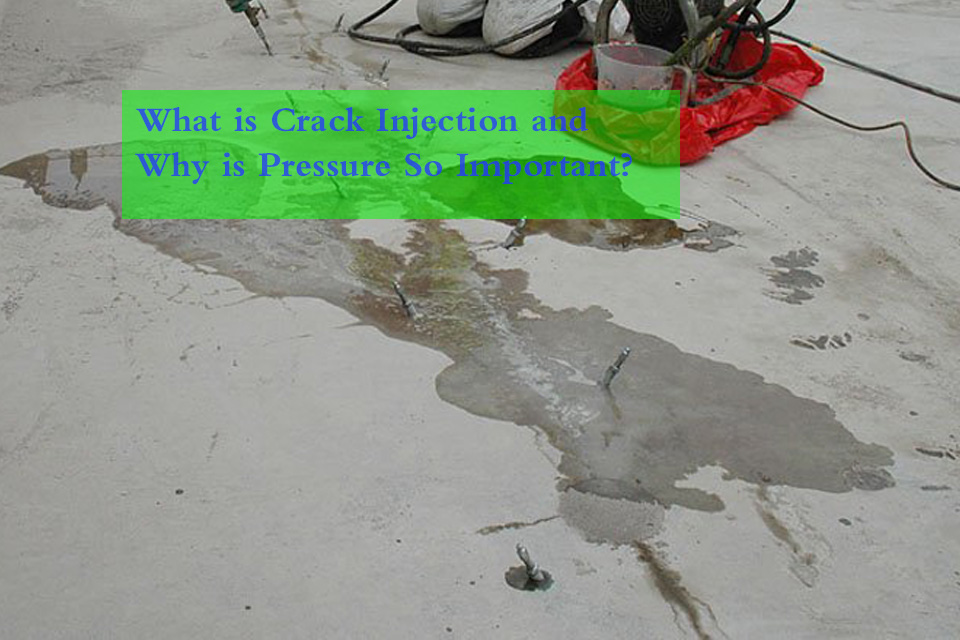
What is Crack Injection and Why is Pressure So Important?
Crack injection is a method of repairing concrete structures by forcing a repair material, such as epoxy or polyurethane, into cracks under pressure.

How to Repair Foundation Cracks Using Polyurethane Foam Injection
Foundation cracks can lead to serious structural issues if left unaddressed.
- [email protected]
- +86 18157440126
- Mon-Sun 8:00-21:00
Tags
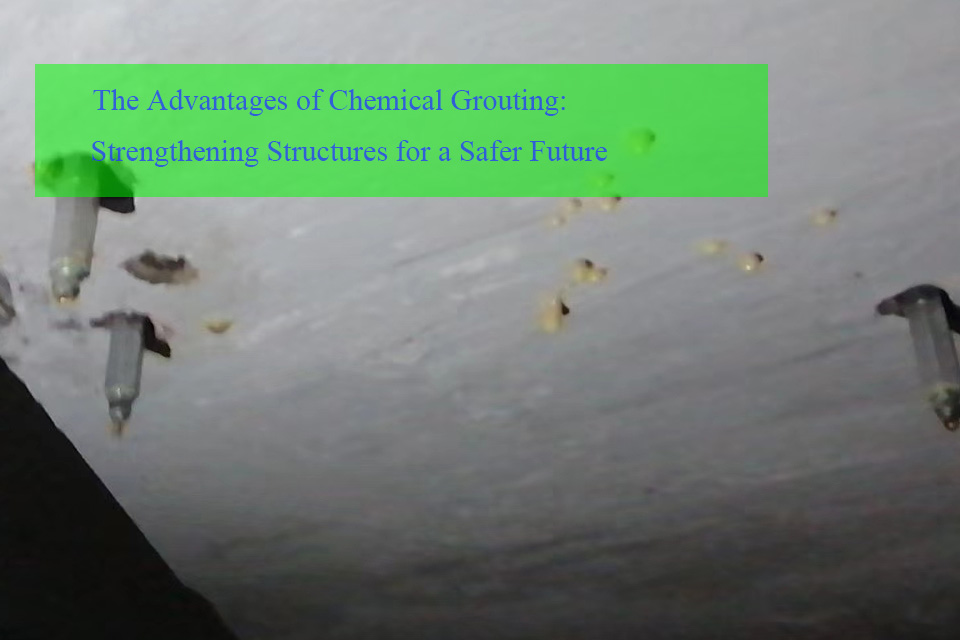
The Advantages of Chemical Grouting: Strengthening Structures for a Safer Future
Chemical grouting is a powerful and versatile solution for strengthening soil, sealing leaks, and stabilizing foundations in challenging construction environments.
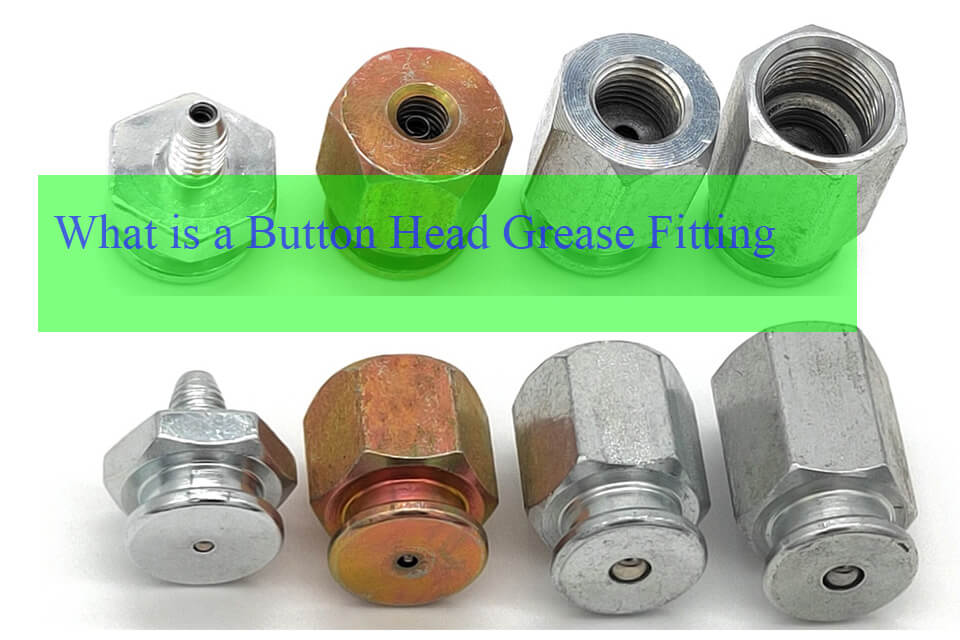
Button Head Grease Fittings: Essential for Construction, Heavy-Duty, and Waterproof Industry Applications
In the world of heavy machinery maintenance, ensuring smooth operation and longevity is essential. One key component that helps achieve this is the button head grease fittings,
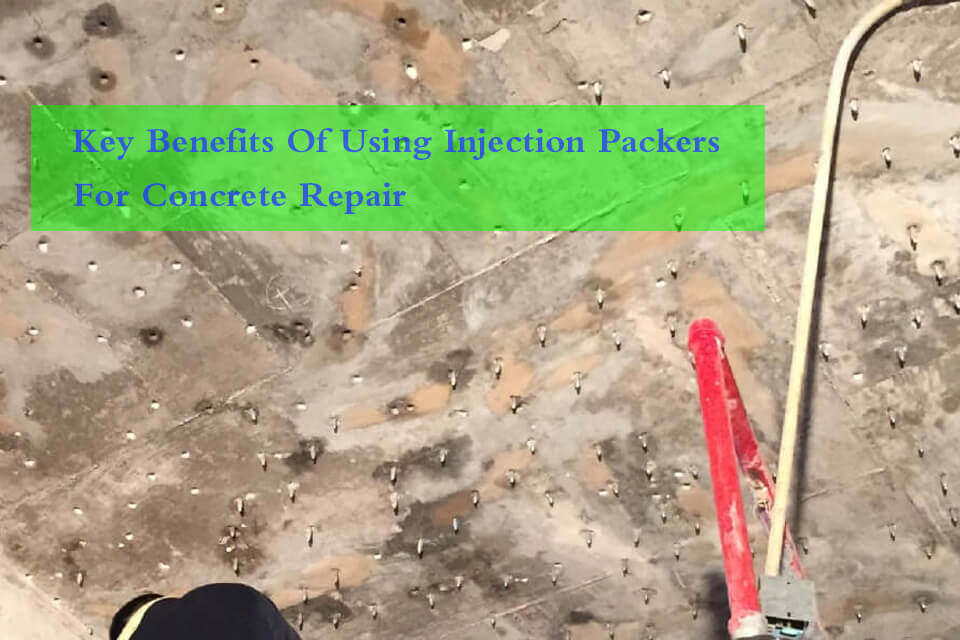
Key Benefits of Using Injection Packers for Concrete Repair
Injection packers are an essential tool for addressing cracks and structural deficiencies in concrete. These devices allow for precise application of repair materials

